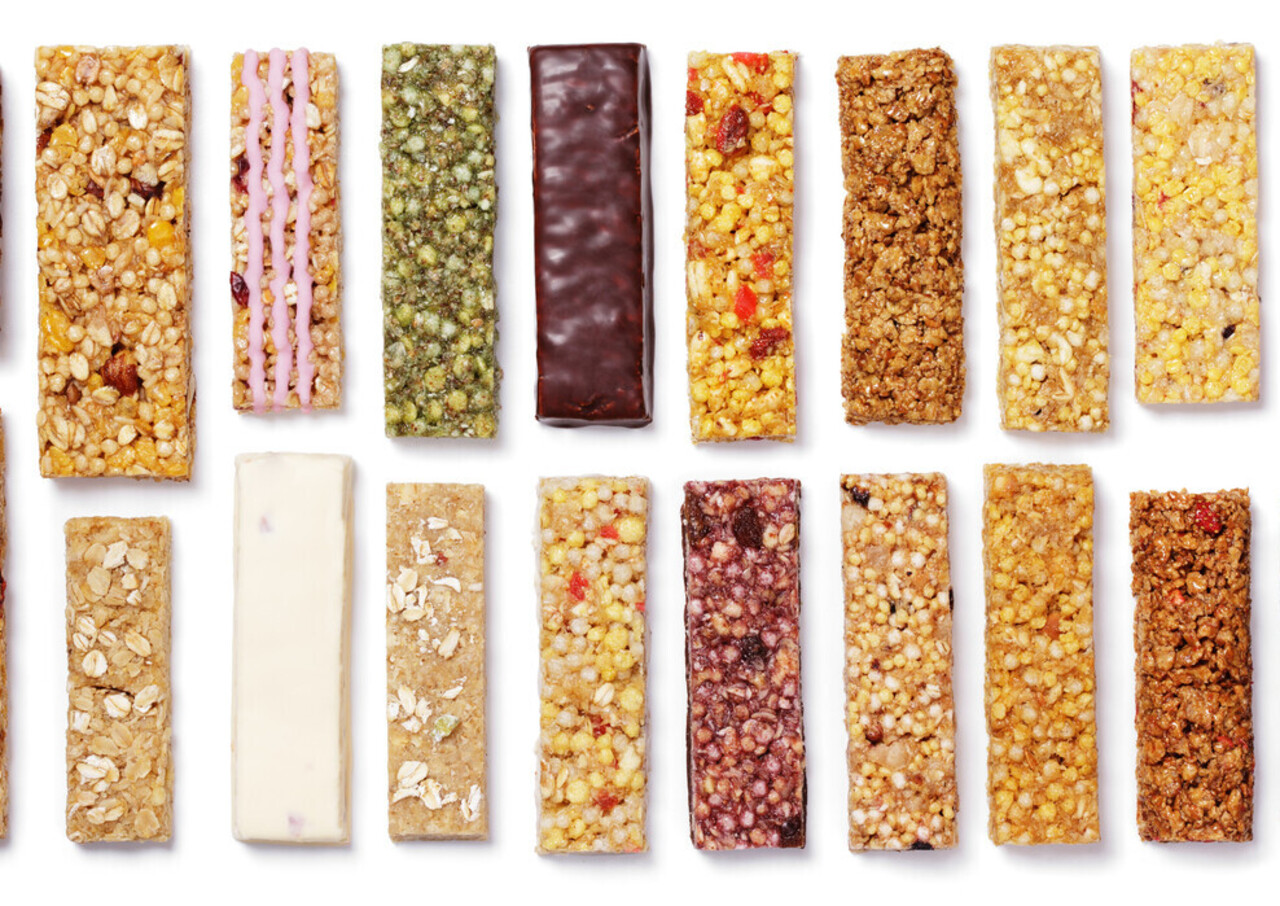7 Mashed Potato Mistakes You’re Probably Making
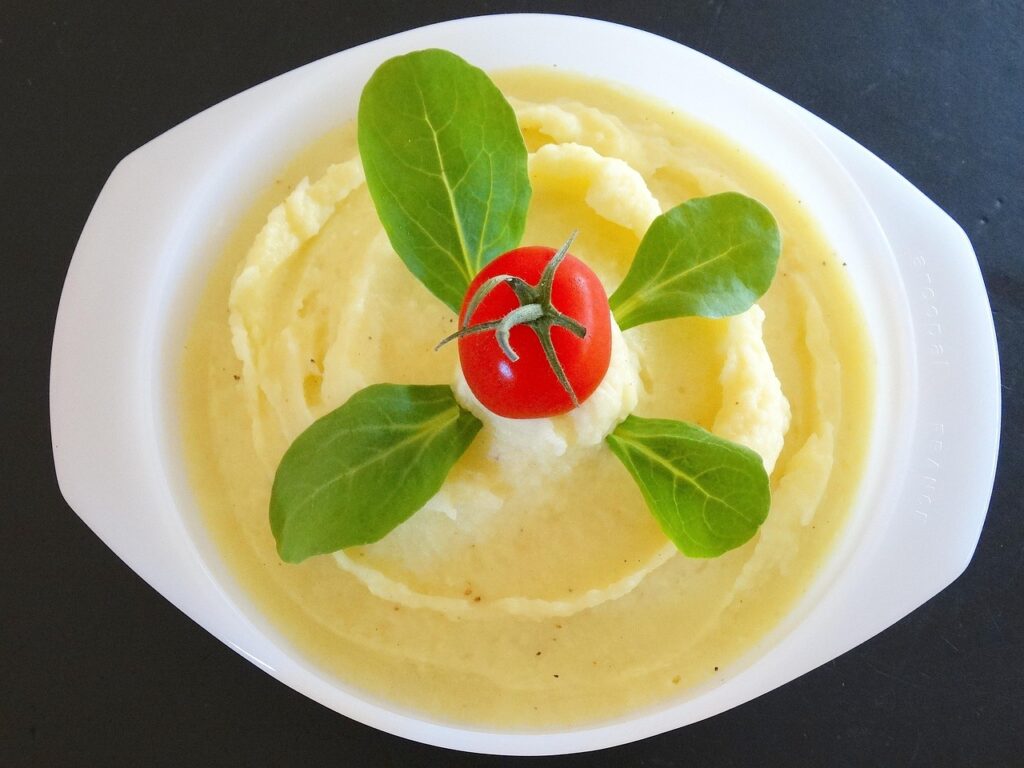
You probably grew up eating mashed potatoes and figured you already knew how to make them without much planning. They look simple, taste comforting, and feel like a dish you can throw together quickly after a long day. But once you pay closer attention, you realize that the difference between average and truly great comes down to a few small choices. Using the right potatoes, seasoning properly, cooking them the correct way, and choosing the right tools all matter. One small mistake can leave you with gluey, bland, watery, or lumpy results, but the fixes are surprisingly easy.
1. Using the Wrong Potatoes

If you start with the wrong potatoes, you set yourself up for problems before you even begin. You want a starchy variety like Russet or Yukon Gold because they break down easily and give you that fluffy texture you expect. Waxy potatoes stay firm and never fully mash, which leaves you with a dense and sometimes gummy result that feels heavy instead of smooth. When you pick the right type, you make your job easier, the flavor is better, and the texture feels light instead of dense. Choosing the right potato is the first and most important fix, and it takes almost no effort.
2. Overworking the Potatoes
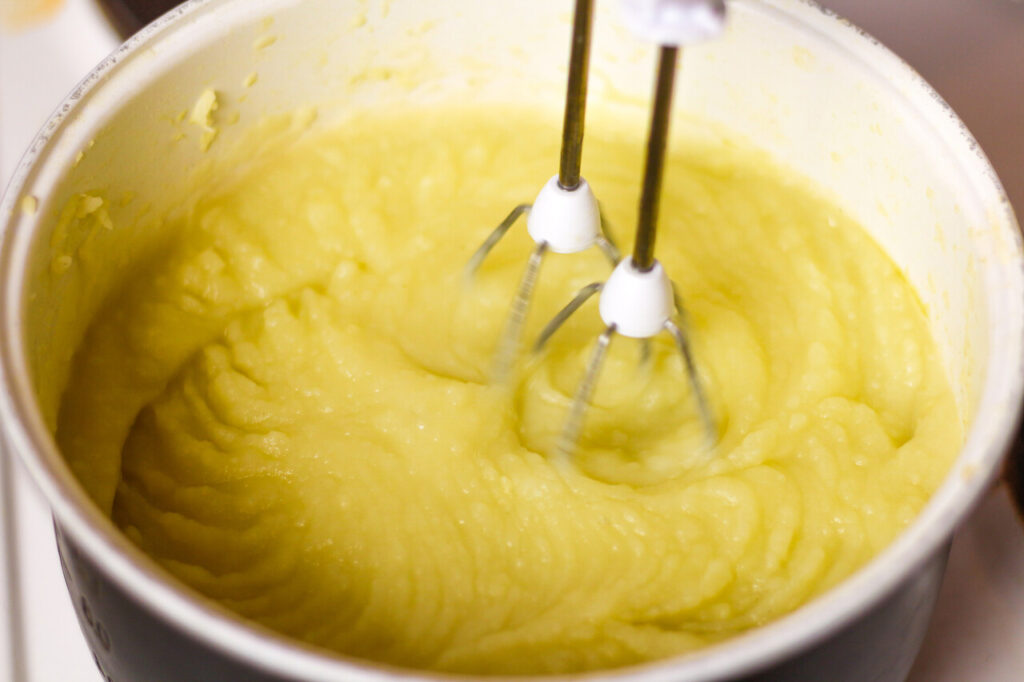
When you mash potatoes too aggressively, you release extra starch and end up with a paste-like texture that nobody wants. You should mash until just smooth, not until every tiny lump is gone. Using a stand mixer makes it even more likely that you overdo it without realizing. A handheld masher or ricer gives you more control and stops you before things turn gluey. By working the potatoes gently, you keep that fluffy, airy texture you want. Once you understand how quickly the starch activates, you pay more attention and stop before the damage happens.
3. Not Salting the Water

If you wait until the end to season your potatoes, you make the work harder for yourself. Potatoes need salt from the start, and adding it to the cooking water helps the seasoning reach the center. When you add salt only afterward, the outside tastes flavored but the inside feels bland. You also need more salt to compensate, which can make the dish taste uneven. Salt the water generously, the same way you would for pasta, and you give yourself a smoother, more balanced flavor. This small habit improves taste without any extra time or effort.
4. Adding Cold Dairy
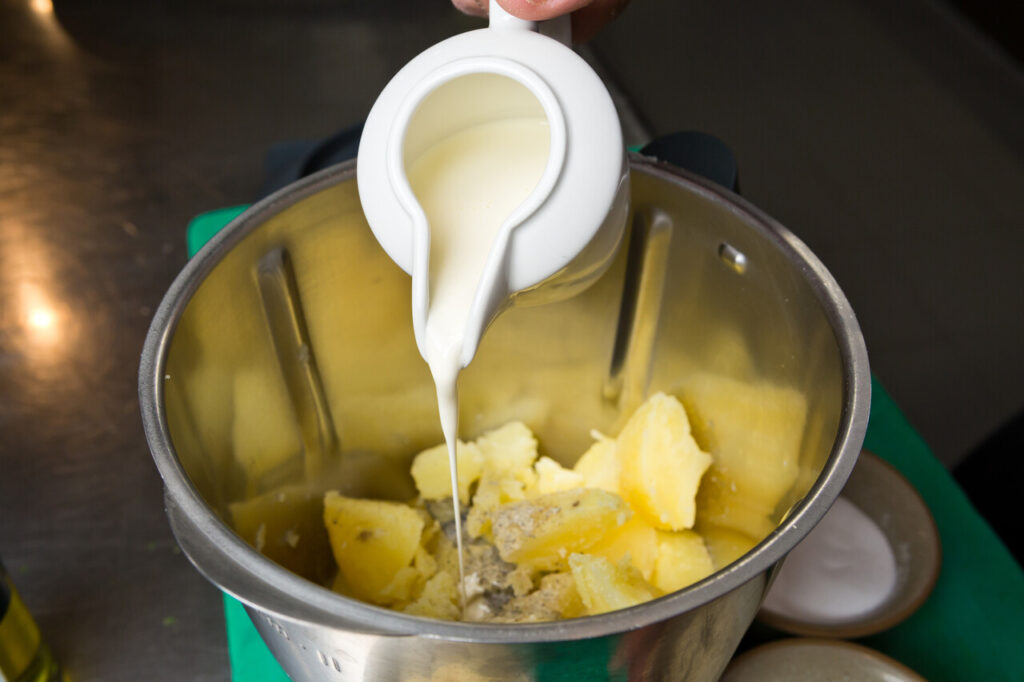
Cold butter and milk cool the potatoes instantly and make them seize up, which leads to a thick texture that never loosens properly. If you warm the dairy before adding it, everything combines smoothly and the potatoes stay fluffy and creamy. You also need less mixing, which protects the texture even more. Heating the dairy takes only a minute in a small pot or microwave and makes the flavor feel richer at the same time. Once you see the difference, you never go back to using cold ingredients because the change is obvious on the first bite.
5. Draining at the Wrong Time
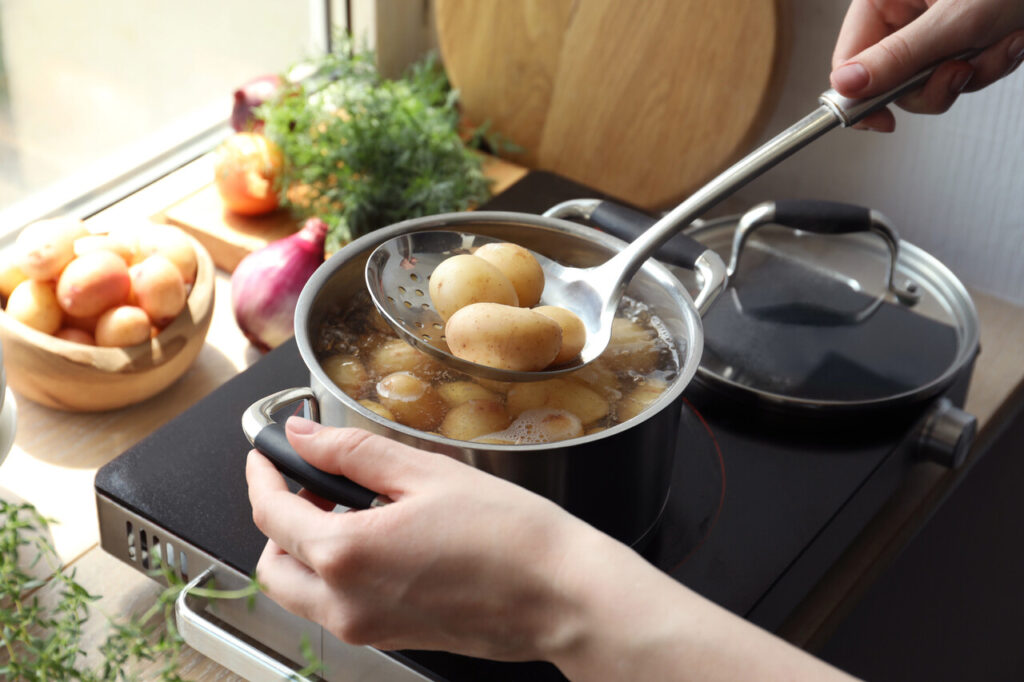
If you drain the potatoes too early, they stay undercooked and never mash smoothly. If you drain too late, they become waterlogged and turn thin and dull. You should cook them until they are fully tender but not falling apart, which usually means they slide off a knife cleanly. After draining, let them sit a minute in the warm pot so excess moisture evaporates. This prevents watery mashed potatoes and helps the dairy mix in better. Once you get the timing right, you notice a cleaner flavor, a better texture, and fewer adjustments at the end.
6. Using the Wrong Mashing Tool

Not all tools give you the same result, and the one you pick changes texture more than you might expect. A ricer gives you the silkiest finish, a traditional masher creates a rustic but still smooth texture, and a fork is only helpful in a pinch. Food processors and stand mixers are the ones that cause trouble, working the potatoes too aggressively and turning them pasty. When you pick the right tool, you can control how airy or rustic the final dish feels. The right tool saves you time and makes the results more consistent without extra effort.
7. Rushing the Seasoning
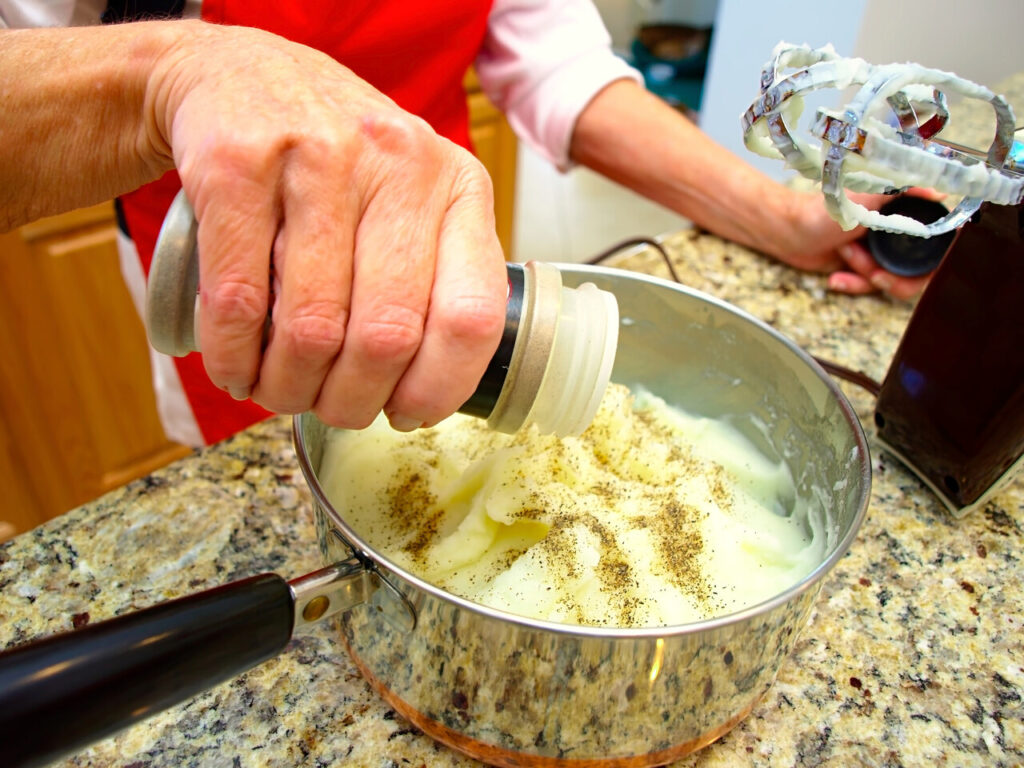
If you drop in all the seasoning at the end without tasting as you go, you risk ending up with something flat or overly salty. You want to season in stages, starting with salted cooking water, then a small amount of salt and pepper in the mash, and more only if needed. Taste after each addition instead of guessing. You can also add garlic, herbs, or cheese, but build slowly and allow the flavors to settle before adding more. When you learn to season gradually, the flavor feels balanced and intentional instead of rushed or uneven.





